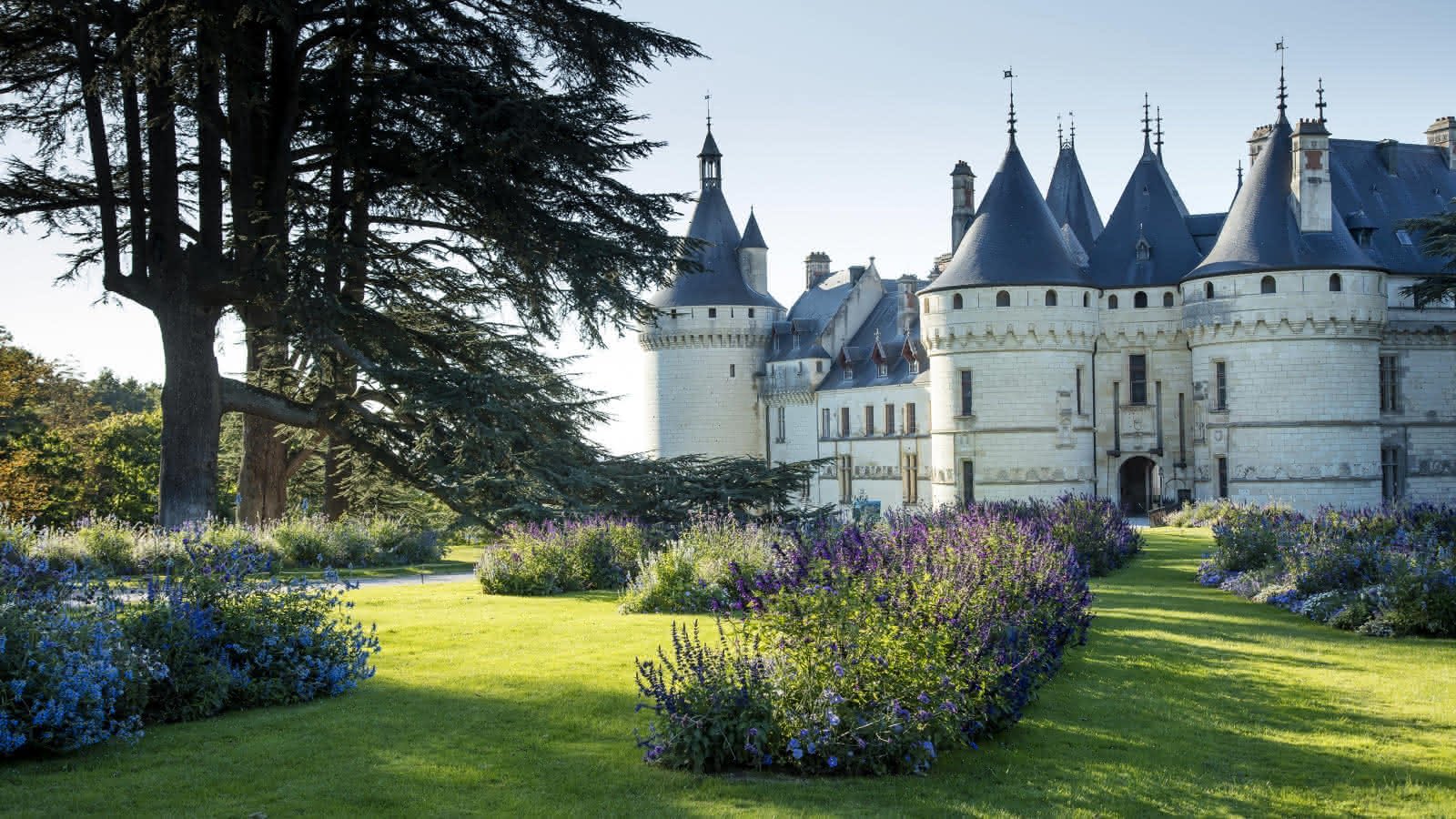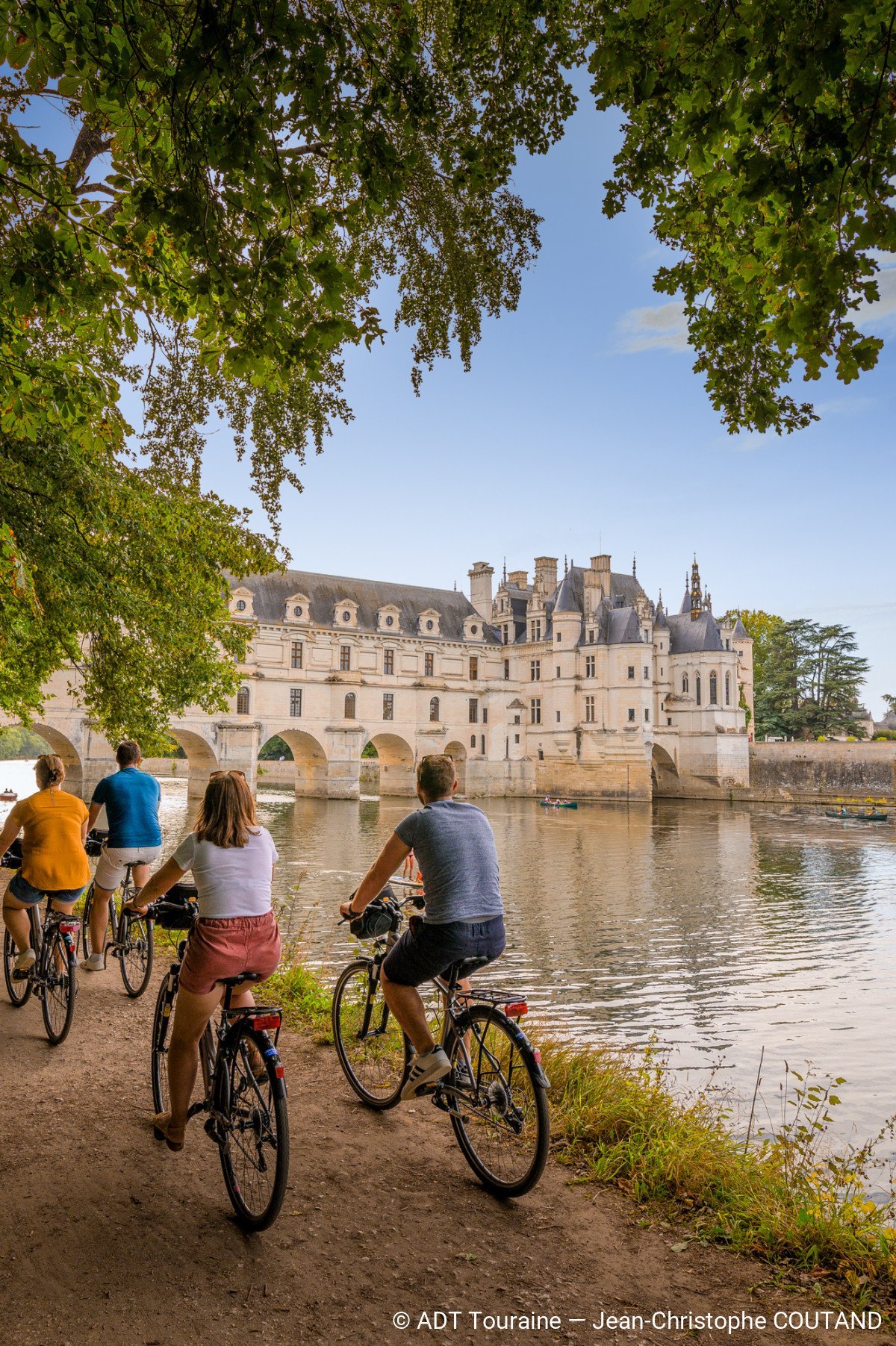Three days circuit
The Châteaux de la Loire
Three days circuit
Located in the heart of the Loire Valley, Manoire les Minimes is the perfect base for a two day journey of discovery through Amboise, Chenonceau, Blois, Chambord, Cheverny, Villandry, Azay-le-Rideau and Ussé chateaux.
On the programme for these three days: Château Royal d’Amboise, overlooking the Loire, the Clos Lucé, Leonardo da Vinci’s home, the Château de Chenonceau, known as the Château des Dames (Chateau of the Ladies), the Château de Blois which brings to mind certain Italian palaces, the Château de Chambord, a grandiose folly of François I, the Château de Cheverny, a remarkable example of 17th century classicism, the Château de Villandry with its magnificent Renaissance gardens, the Château d’Azay-le-Rideau, a real little palace on the Indre and Château d’Ussé, also known as “Sleeping Beauty’s Castle”.
(Transportation and site entrance tickets are your responsibility)
The course
Day 1 :
- Les Minimes Manor
- Amboise Castle
- Clos Lucé Castle
- Chenonceau Castle
- Optional:
The Castle of Gaillard
2nd day :
- Castle of Blois
- Chambord Castle
- Cheverny Castle
- In options :
Chaumont Castle
"Festival des Jardins" (Garden Festival)
Day 3:
- Castle of Villandry
- Castle of Azay le Rideau
- Castle of Ussé
- Optional:
Caves and Vineyards of Bourgueil
or Chinon
or Montlouis
or Vouvray...
Detail of the course
Day 1:
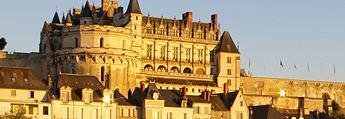
Built on the ruins of an old feudal fortress which dominated the city and the Loire.
At the start of the Renaissance, this was one of the first royal residences.
An exceptional collection of furniture and one of the finest panoramas in Val de Loire.
http://www.chateau-amboise.com/fr/
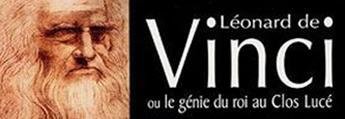
Leonardo da Vinci lived out the last three years of his life in the Clos Lucé. This Manoir houses a collection of most of his inventions, made by IBM with materials from his time.
http://www.vinci-closluce.com/

The Château de Chenonceau, also known as Château des Dames was built on the Cher whose waters reflect the beauty of its unique Renaissance architecture. From 1547, Chenonceau was one of the preferred retreats of Diane de Poitiers, King Henry II of France’s mistress.
http://www.chenonceau.com/

Near the Château d'Amboise and the Clos Lucé, Château Gaillard was a royal property, it is one of the first Renaissance châteaux in France.
http://www.chateau-gaillard-amboise.fr/
Day 2:
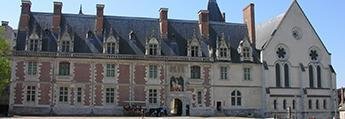
The Château de Blois was the residence of 7 Kings and 10 Queens of France. It brings together four chateaux around a same courtyard, four eras, four summits of French architecture. One of the treasures of this chateau is its superb polygonal spiral staircase.
http://www.chateaudeblois.fr
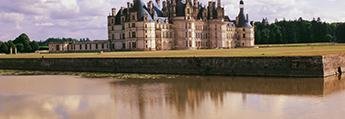
This chateau was built at the behest of the young François I at the heart of Sologne and on the fringes of a forest. This is the largest chateau of the Loire. Its dimensions and scale are impressive: 440 rooms, 365 chimneys and 84 staircases including the double spiral staircase which remains without doubt its most striking architectural feature.
http://chambord.org
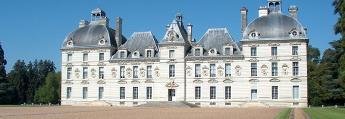
This chateau is typical of 17th century architecture. The original furniture remains, as does the authentic and refined charm of its interiors. It is home to many a treasure such as, for example, the 17th century Gobelins tapestry in the Salle d’Armes or the Boulle style Louis XIV era chest.
http://www.chateau-cheverny.fr/
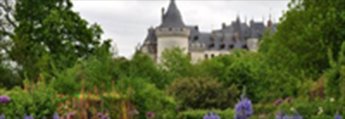
An extra boost to the art of gardens and gains the interest of both the public by displaying new flower arrangements, new materials, new ideas and new approaches.
Day 3:
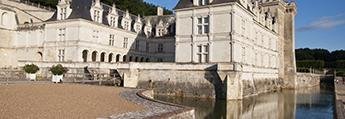
The Château de Villandry was the last of the great chateaux built along the Loire during the Renaissance period. The sober elegance of its architecture and the charm of its remarkable gardens including the decorative vegetable garden make it a standout world heritage site.
http://www.chateauvillandry.fr/
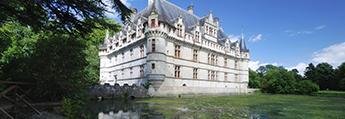
At the heart of the Touraine region, the Château Azay-le-Rideau is built on an island in the middle of the Indre. This gem of French Renaissance architecture was built during the reign of François I. From the majestic English-style park, fall under the spell of the chiselled stone facades reflected in the water.
http://azay-le-rideau.monuments-nationaux.fr/
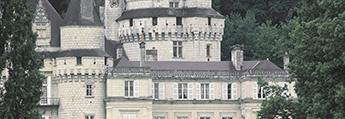
The Château de Rigny Ussé overlooking the Indre was built in the second half of the 15th century on the site of a medieval fortress. Charles Perrault used it as a model for his fairytale La Belle au bois dormant (Sleeping Beauty). Its gardens and terraces were designed by Le Nôtre.
http://www.chateaudusse.fr/

Enjoy the visit of a wine cellar...always a mysterious moment, full of sensation. You will guess the alignment of barrels against the damp rock.

